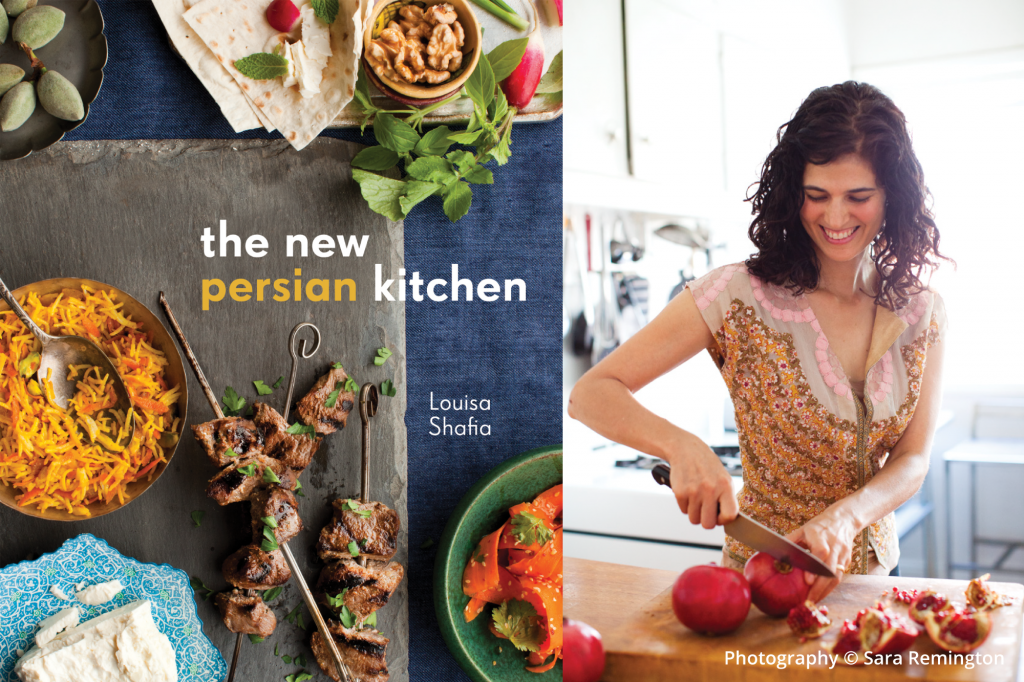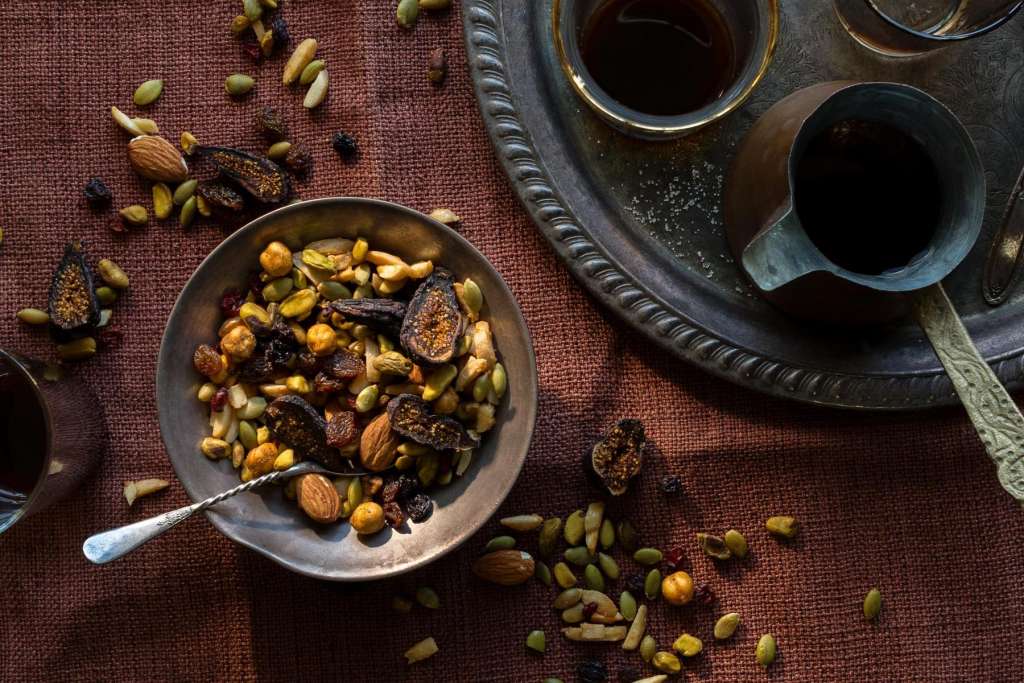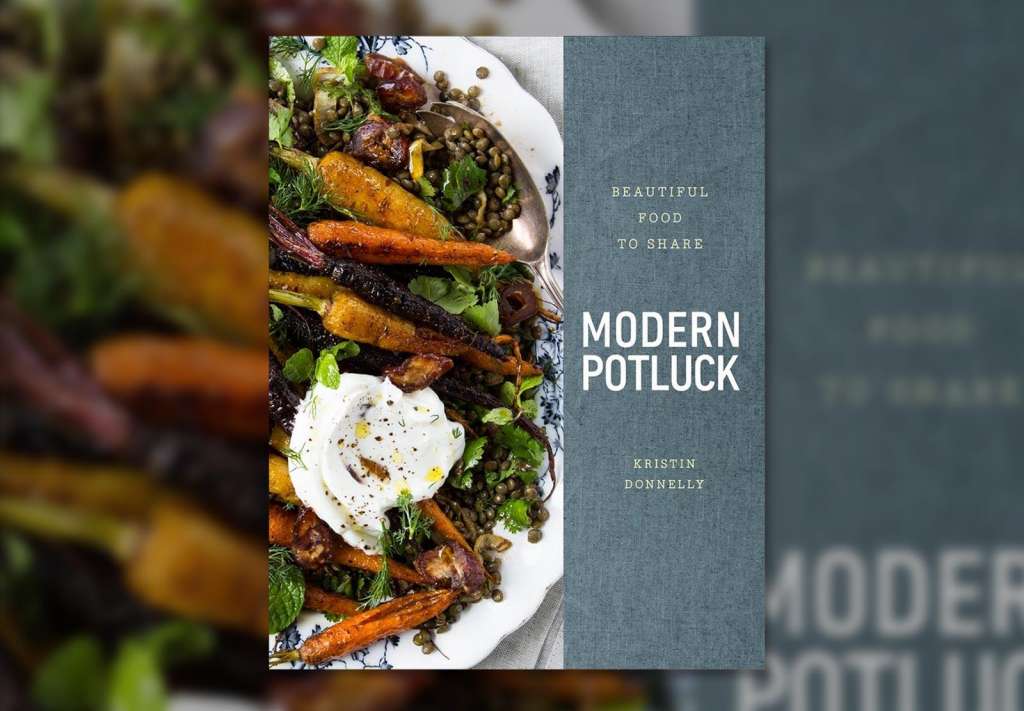By the book: Q&A with the author of The New Persian Kitchen, Louisa Shafia

The author of one of our favorite Iranian cookbooks, The New Persian Kitchen, Louisa Shafia is the American-born daughter of an Ashkenazi Jewish mother and an Iranian dad. She grew up celebrating the Persian New Year and enjoyed the cooking of her Iranian relatives on their visits to the U.S. She recently spoke with Sun Basket about Persian cooking and her discoveries on a recent trip to Iran.
What are some of the signature flavors of Persian cooking?
Tart flavors are elemental. There’s not one single meal you’re going to have in Iran that doesn’t include something sour, whether it’s lemon juice, sumac, tamarind, or pickle.
What are some of your favorites?
Barberries are really particular to Iranian cuisine and Iran. They’re used in rice, in desserts, in savory dishes if you want just a little sour touch. They’re a fun, iconic ingredient that you rarely find outside of Iran.
Sumac is interesting, too – it actually grows wild in the US; on the East Coast, you can find sumac berries, which look like little, bright red cones, growing on the side of the highway in late summer and early fall. Native Americans used them in their cuisine. Ground sumac is delicious, you can basically use it as a substitute for lemon juice, as a seasoning to brighten all kinds of dishes.
Tamarind is a fruit that originally comes from India, which obviously is not far from Iran. It’s used a lot in the south, not as much in the north. But when I visited the Persian Gulf in the south, they sold it in the markets in blocks. In Thai and Mexican cuisine, it’s usually paired with a lot of sugar. But in Iran, I found they didn’t use sugar to temper it. It’s valued for its sourness.
You’ve written how Persian food is loaded with spices but not spicy. Any theories why?
On my 2014 trip to Iran, I actually did find chiles in the south. It makes sense chiles didn’t get adapted in the rest of the country, which has a temperate climate. But in the south, just like other tropical regions around the world, chiles have a very strong presence. Especially near the Persian Gulf, near the border with Pakistan, the temperature regularly climbs over 100 degrees. But in the rest of the country, chiles are still a very alien thing.
In your writing you’ve described tahdig, the Persian rice dish, as “Iranian soul food.” We loved that. Can you say more?
Tahdig is just universally delicious. It’s crisp, salty, fatty, the most beloved dish on the table. The crust can only be as big as the bottom of the rice pot, so you’d better claim your piece early, or somebody else will eat it for you. It’s not hard to make, it just takes practice. It happens naturally when you cook rice, you get this crust on the bottom of the pan. If you cultivate that crust, it’s even better! The whole concept is so cool, you end up with two dishes in one pot: steamed rice, which you scoop off the top, and this crusted rice on the bottom.
And cooks can get pretty competitive over who makes the best one?
Oh god, yes. There’s a whole tradition of shutting the kitchen door when you cook it so nobody else can see your secrets. In fact, my Dad, who made Persian rice all through my childhood—and still makes it—has never showed anybody how he does it. I had to figure it out myself.









